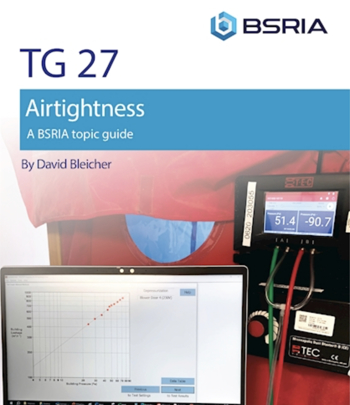Heat exchanger
Typically, heat exchangers are used to allow heat from liquids or gases to pass to other liquids or gases, without the two coming into direct contact. Essentially they transfer the heat without transferring the fluid that carries the heat.
Heat exchangers are often used as part of heating, cooling or heat recovery systems.
Heat exchange devices can be used in a number of processes, including:
- Air conditioning systems.
- Radiators.
- Refrigeration.
- Heat pumps.
- Heat recovery ventilation.
- Waste water treatment.
- Nuclear and power plants.
- Machinery and engines.
- Specialist energy-saving devices such as energy-efficient showers.
The two most common types of heat exchangers are the 'shell and tube' and 'plate' or 'fin':
- In shell and tube heat exchangers, one fluid flows through a series of metal tubes within a sealed unit while another fluid passes between the tubes. The two fluids can flow in the same direction which is called parallel flow, in opposite directions, known as counter flow or counter current, or they can flow at right angles, known as cross flow.
- Plate or fin heat exchangers consist of metal fins with large surface areas that air passes around. This more open construction can allow easier inspection, cleaning and disassembly. This system is often used for chilled beams or integrated service modules.
Variations on these basic types include; plate heat exchangers, double pipe heat exchangers, pillow heat exchangers and so on.
Earth-to-air heat exchangers draw ventilation supply air through buried ducts or tubes. As the temperature of the ground below 3m is practically constant, it substantially reduces ambient air temperature fluctuations and can provide space conditioning throughout the year, with the incoming air being heated in the winter and cooled in the summer.
The appropriate heat exchanger can be selected by consideration of:
- Space availability.
- The heat carrying mediums.
- Fluid flow capacity.
- Pressure limits.
- Temperature ranges.
- Thermal performance requirements.
- Requirements for maintenance and repair.
[edit] Related articles on Designing Buildings
- Absorption heat pump.
- Air conditioning.
- Air source heat pumps.
- Chilled beams.
- Coefficient of Performance CoP.
- Earth-to-air heat exchangers.
- Geothermal pile foundations.
- Ground energy options.
- Ground source heat pumps.
- Heat pump.
- Heat recovery.
- Integrated service module.
- Plate heat exchanger.
- Refrigeration.
- Thermal labyrinths.
- Waste heat.
- Water source heat pumps.
Featured articles and news
A change to adoptive architecture
Effects of global weather warming on architectural detailing, material choice and human interaction.
How big is the problem and what can we do to mitigate the effects?
Overheating guidance and tools for building designers
A number of cool guides to help with the heat.
The UK's Modern Industrial Strategy: A 10 year plan
Previous consultation criticism, current key elements and general support with some persisting reservations.
Building Safety Regulator reforms
New roles, new staff and a new fast track service pave the way for a single construction regulator.
Architectural Technologist CPDs and Communications
CIAT CPD… and how you can do it!
Cooling centres and cool spaces
Managing extreme heat in cities by directing the public to places for heat stress relief and water sources.
Winter gardens: A brief history and warm variations
Extending the season with glass in different forms and terms.
Restoring Great Yarmouth's Winter Gardens
Transforming one of the least sustainable constructions imaginable.
Construction Skills Mission Board launch sector drive
Newly formed government and industry collaboration set strategy for recruiting an additional 100,000 construction workers a year.
New Architects Code comes into effect in September 2025
ARB Architects Code of Conduct and Practice available with ongoing consultation regarding guidance.
Welsh Skills Body (Medr) launches ambitious plan
The new skills body brings together funding and regulation of tertiary education and research for the devolved nation.
Paul Gandy FCIOB announced as next CIOB President
Former Tilbury Douglas CEO takes helm.
UK Infrastructure: A 10 Year Strategy. In brief with reactions
With the National Infrastructure and Service Transformation Authority (NISTA).
Ebenezer Howard: inventor of the garden city. Book review.
Airtightness Topic Guide BSRIA TG 27/2025
Explaining the basics of airtightness, what it is, why it's important, when it's required and how it's carried out.





















